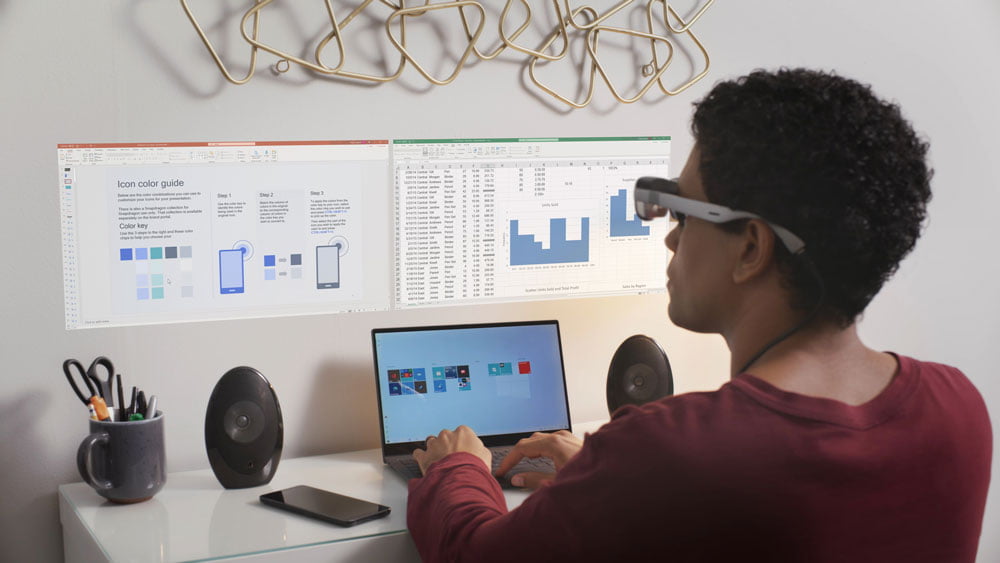Qualcomm CEO sees end of chip shortage by mid-2022

Chipmaker Qualcomm pushes XR development with specialized chips and reference models. When will the chip crisis end - and what comes after the smartphone?
Among other things, Qualcomm contributes the processor in Meta Quest 2, is developing a special chip for future AR glasses with Microsoft, founded an XR investment initiative in China together with Samsung, and is working with Niantic on a reference AR glasses. The US chip company employs around 50000 people worldwide.
Qualcomm expects chip normalization to begin in mid-2022
Since the onset of the Corona pandemic, large parts of the economy have been affected by supply shortages - most notably in computer chips. Qualcomm CEO Cristiano Amon confirms in the current Decoder Podcast that he expects a significant easing of the supply situation, at least at his own company, by mid-2022.
"We have a very balanced supply and demand equation as we get to summer of 2022. I know the other companies are probably talking about 2023 and beyond," Amon says.
He describes the situation overall as "one of the biggest supply chain crises in the chip industry," but it is not solely due to the Corona pandemic: "The percentage of digital in the economy is significantly higher. Virtually everything that’s being built now requires chips."
Advanced standalone AR glasses in the next five years are "very realistic"
Amon also comments on the possible future of AR glasses. He trusts standalone tech glasses to become as important as the smartphone. He initially expects the technical development to be an extension and addition to smartphones.
"As augmented reality becomes more pervasive, I can see that we are going to buy a set of glasses, which will be a companion for your phone for a while. That’s going to last for a long time until the glasses become standalone," Anon says. "While you would argue that maybe humans won’t use a big helmet, they will use something like regular glasses. You can put cameras on it. You can render things."
Amon sees telepresence or hologram telephony as a possible mainstream application for AR glasses. "You can have a hologram or a telepresence of somebody in front of you. You have sensors in the glasses that detect your face movements with artificial intelligence. You can render yourself to the other person without a camera looking at you," Amon says. This could fundamentally change the way people communicate with each other, he adds.
However, Amon says the development of display technology needed for this scenario is lagging somewhat behind processors. "We see a roadmap to get that done. It’s fair to think that within the next four to five years, we’re going to have devices that will be doing exactly what we just discussed," Amon says. He calls his assessment "very realistic."
Note: Links to online stores in articles can be so-called affiliate links. If you buy through this link, MIXED receives a commission from the provider. For you the price does not change.